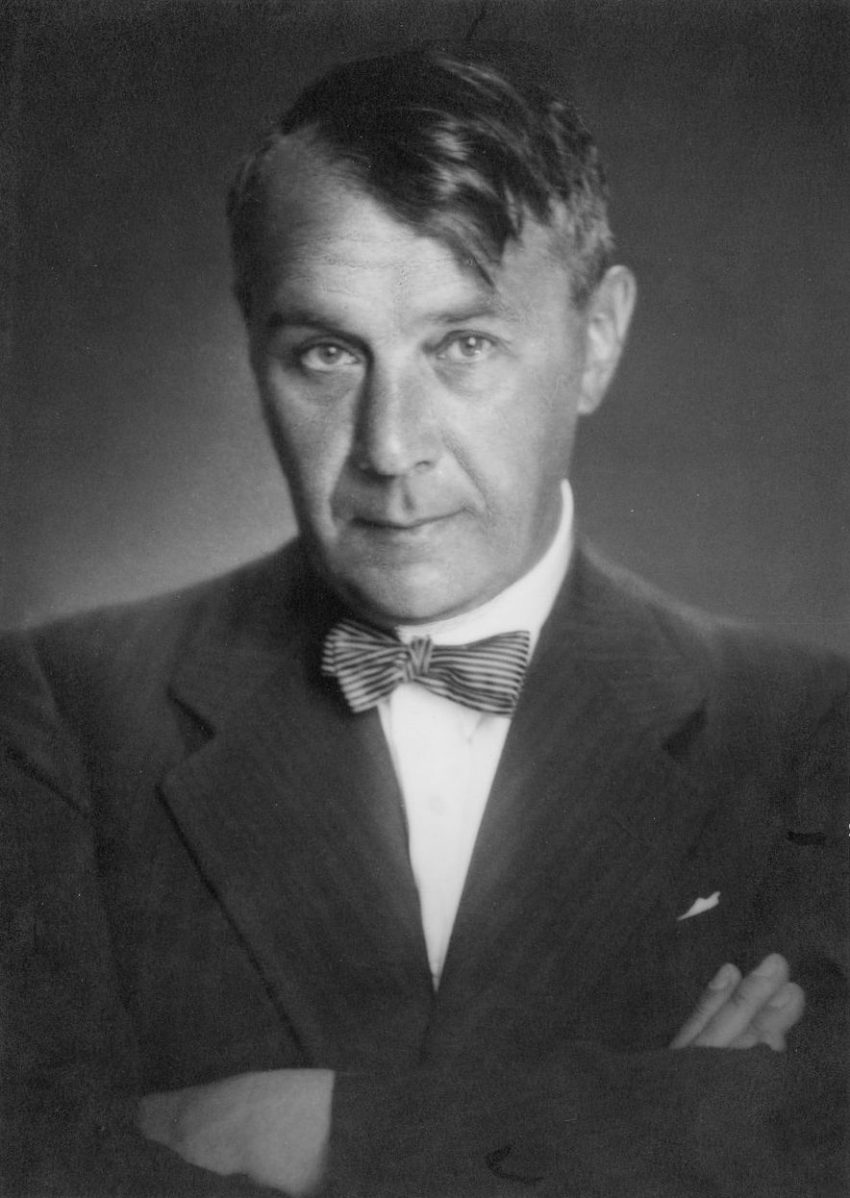Many would argue recklessly to prove that Dezső Kosztolányi was the most prominent Hungarian poet of the twentieth century, while others firmly believe that his prose cannot be compared to anything else in the Hungarian literary canon. Kosztolányi is also known to have produced a great deal of brilliant translations, or according to today’s translation theory standards rather adaptations, and have published witty pieces of journalism. The favourite litterateur of thousands of Hungarians was a true celebrity of his age.
The Hungarian writer was born 135 years ago
Dezső Kosztolányi was born into a highly cultured, intellectual family on 29 March, 1885 in Subotica, today under Serbian autonomy. As a child, he was surrounded by books, poetry and solid morals, so when he left his hometown to pursue his university studies in Budapest, he immediately made friends with the like-minded Mihály Babits, Gyula Juhász, Frigyes Karinthy and Milán Füst at school. Soon after, this group of friends became the so-called “first generation of Nyugat”, the first writers to publish literature in the most significant literary journal of the twentieth century.
At the time, Kosztolányi’s poems followed the global trends of the era as they bore the marks of impressionism, symbolism and pessimist decadence while exploring the yet unknown challenges of the soul. Before WWI broke out, he tended to describe the disillusionment and loneliness of the average middle class man of the century, yet using meticulously playful rhymes that contrasted the pessimist nature of his overarching theme.
Funzine Favourite Quote
“But every Sunday morning, in the clear blue sky before the church of St. Stephen, the good Lord hovers above the town, invisible and merciful, righteous and terrible, ever present and everywhere the same, be it in Sárszeg or in Budapest, in Paris or New York.” (Skylark, 1922)
During the years of war and revolutions, he wrote poetic pieces and news reports that evoked the horrors of war in an overly realistic manner. Together with many of his contemporaries, he was very much confused about the dominant political ideologies, and he eventually decided to depoliticize his art. What came after today counts as history: in the next fifteen years, Kosztolányi built his oeuvre of timeless pieces of literature. He became the poet of benignity and turned his pessimism into condolence and faith in the ordinary people of the era. Beside his growing repertoire of poetic methods, he wrote his well-known collections of short stories such as Kornél Esti (1933) at this time of his life. As a novelist, his main focus remained the human psyche. His world-famous novels including Darker Muses: The Poet Nero (1922), Skylark (1924) and Anna Édes (1926) were also written during these prosperous years. In these books, Kosztolányi unveiled social truths no one else dared to talk about in such a naturalistic way. For example, Anna Édes, probably his most popular novel, explores the psychology behind the class hatred of the humiliated, whereas Darker Muses: The Poet Nero, which was praised by Thomas Mann himself, gives an all-embracing account of the Roman every days under Emperor Nero’s rule, but behind the lines there lies the doubts of the twentieth century and the multi-faceted relation of power and art.
The main works of Dezső Kosztolányi
- Darker Muses: The Poet Nero (1922)
- Skylark (1924)
- Anna Édes (1926)
- Kornél Esti (1933)
Kosztolányi was the storyteller of the soul, a man who despised violence and admired beauty. Using his unlimited repertoire of poetic tools, he paid his respect to the Hungarian language, and put the impressions and impulses of a whole era into beautiful words and expressions. He didn’t mean to teach people the most essential virtues of life, or to be hailed as a poet prophet: he was a high-spirited juggler of words who dazzled his readers.
